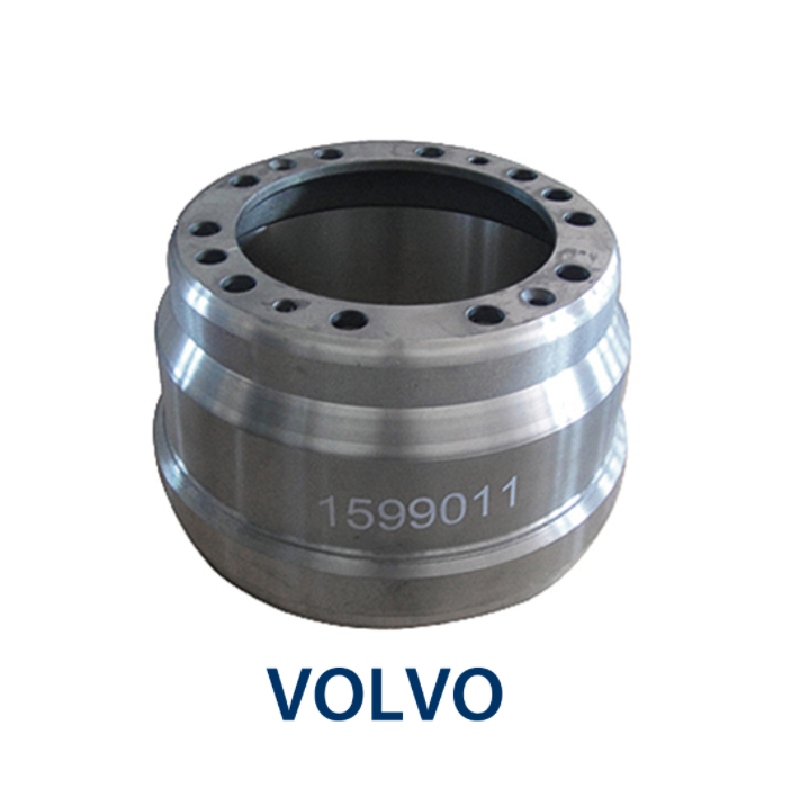Nov . 28, 2024 00:39 Back to list
Effective Methods to Remove Rust from Brake Drums Safely and Efficiently
How to Get Rust Off Brake Drums A Comprehensive Guide
Rust can be a significant issue for brake drums, especially in areas with high humidity or where road salt is commonly used. Over time, the elements can cause brake drums to corrode, leading to reduced performance and safety issues. If your brake drums have fallen victim to rust, don’t worry; there are effective methods to restore them to their optimal condition. Here’s a step-by-step guide on how to get rust off brake drums.
Understanding the Importance of Brake Drums
Before we dive into the cleaning process, it’s crucial to understand the role of brake drums in your vehicle's braking system. Brake drums are essential components found in drum brake systems, where they work in conjunction with brake shoes to create friction and slow down the vehicle. Rust buildup can hinder the efficiency of this system and lead to premature wear of components.
Safety First
Before starting any maintenance work, ensure your safety and that of others. Wear protective gear, including gloves and safety goggles, to shield against rust particles and any chemicals you may use. It’s also advisable to work in a well-ventilated area or outdoors to avoid inhaling harmful fumes.
Tools and Materials Required
For effective rust removal, gather the following tools and materials
- Wire brush or sandpaper (preferably a coarse grade) - Rust remover or vinegar (for eco-friendly options) - Rags or paper towels - Brake cleaner - Safety gear (gloves and goggles) - WD-40 or similar lubricant - A jack and jack stands (for lifting the vehicle)
Step-by-Step Process
how to get rust off brake drums

1. Prepare the Vehicle First, ensure that the vehicle is parked on a level surface. Engage the parking brake for stability. Use a jack to lift the vehicle and secure it with jack stands.
2. Remove the Wheel Using a lug wrench, remove the lug nuts and take off the wheel to access the brake drum.
3. Inspect the Brake Drum Examine the brake drum for signs of rust and damage. If the rust appears too severe, you may need to consider replacing the drum instead of attempting a clean-up.
4. Scrub Off the Rust Take a wire brush or coarse sandpaper and start scrubbing the rusted areas of the brake drum. Be sure to focus on the rusty spots and apply even pressure. If using sandpaper, a circular motion often yields better results. This process may take some elbow grease, so be patient.
5. Use Rust Remover For stubborn rust, apply a commercial rust remover or a solution of vinegar. Apply it according to the product’s instructions, allowing sufficient time for it to penetrate and dissolve the rust.
6. Clean the Surface Once the rust has been effectively removed, clean the brake drum's surface thoroughly using brake cleaner. This removes any remaining rust particles, dust, and grease.
7. Lubricate Moving Parts After cleaning, spray WD-40 or a similar lubricant on the moving components of the brake system to ensure smooth operation.
8. Reassemble and Test After everything is clean and dry, reattach the wheel, lower the vehicle, and tighten the lug nuts.
Conclusion
Regular maintenance and care can help prevent rust build-up on brake drums and prolong their lifespan. By following this guide, you can effectively remove rust and keep your braking system in good working order. If you encounter extensive rust or damage, consulting a professional mechanic is advised to ensure your vehicle remains safe and reliable. With some effort and the right tools, you can tackle this maintenance task and enhance your vehicle's performance and safety on the road.
-
Scania Brake Drums: OEM Quality for Optimal Safety & Durability
NewsAug.16,2025
-
R.V.I: Advanced Remote Visual Inspection for Precision
NewsAug.15,2025
-
Discover HYUNDA: Innovative Vehicles, Equipment & Solutions
NewsAug.14,2025
-
R.V.I: Unlock Advanced Insights & Real-time Performance
NewsAug.13,2025
-
Kamaz Brake Drum: Durable & Reliable for Heavy Duty Trucks
NewsAug.12,2025
-
Heavy Duty Iveco Brake Drum - Premium Quality & Safety
NewsAug.11,2025
